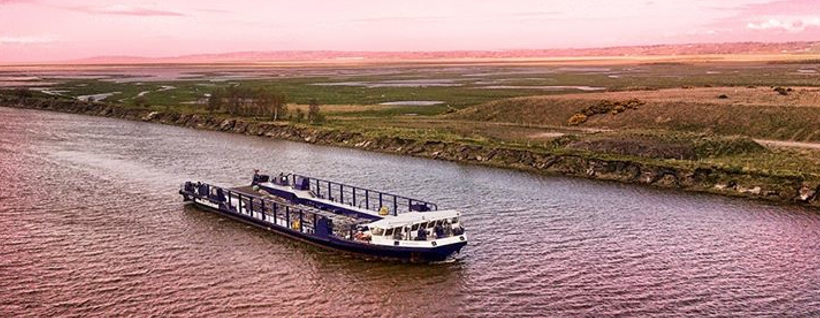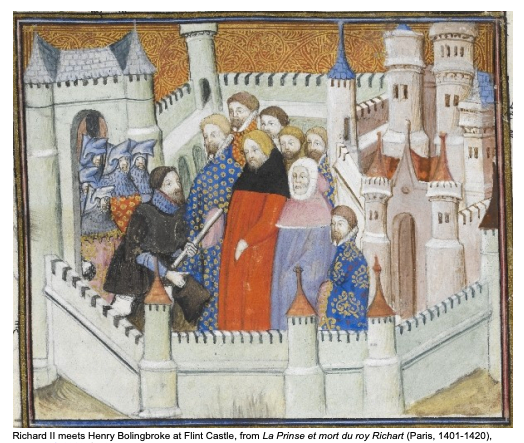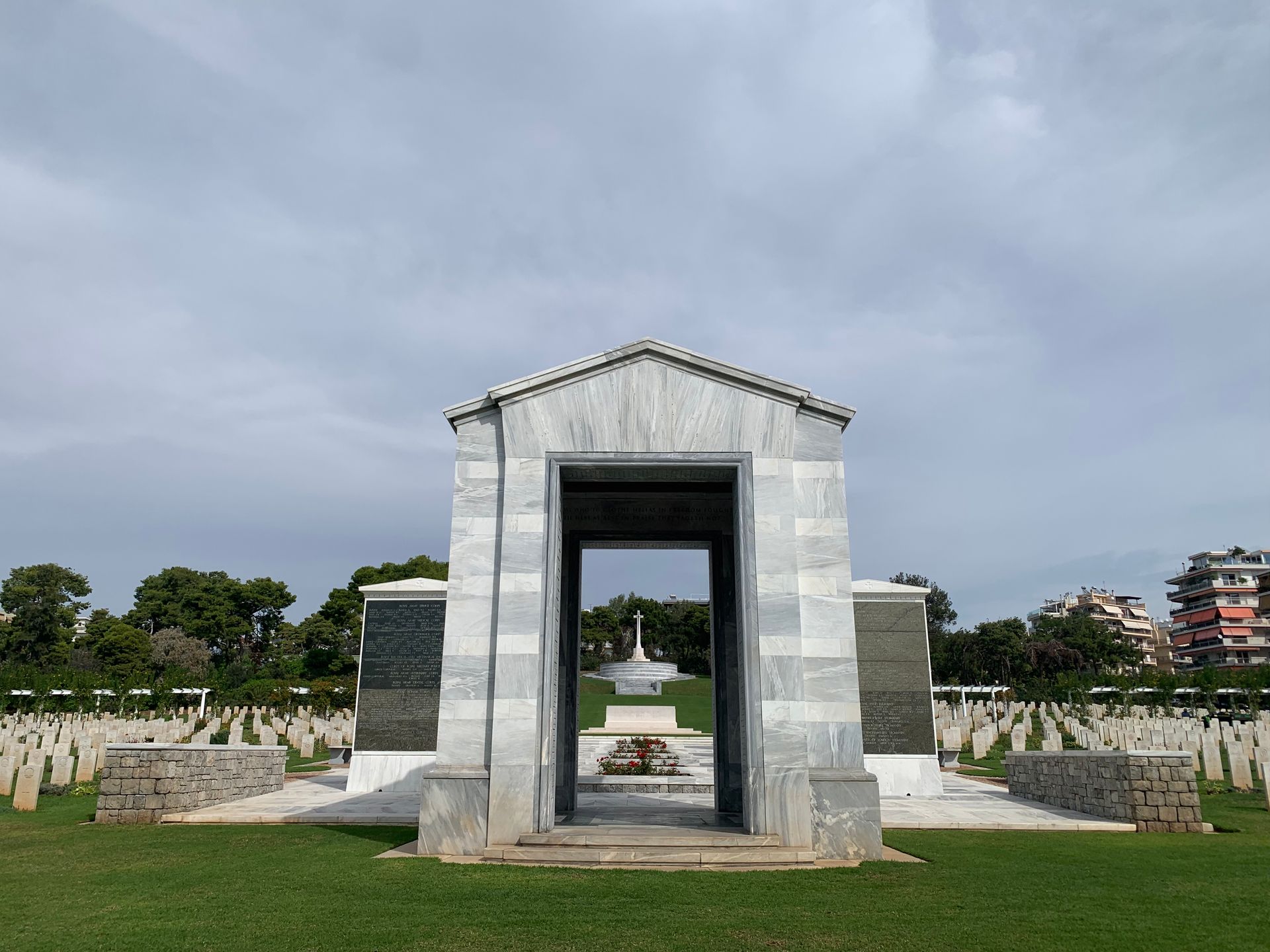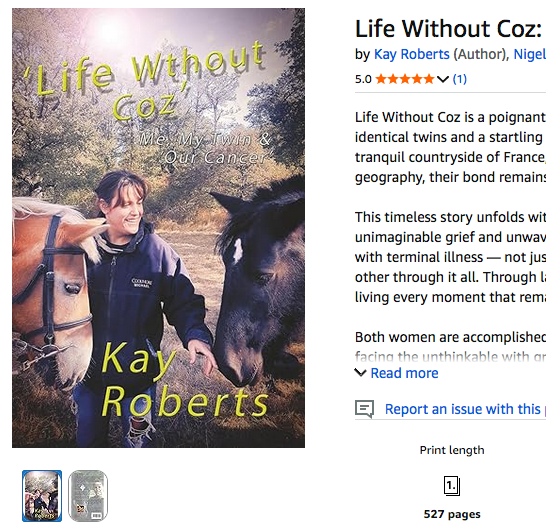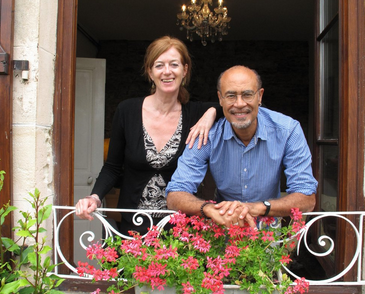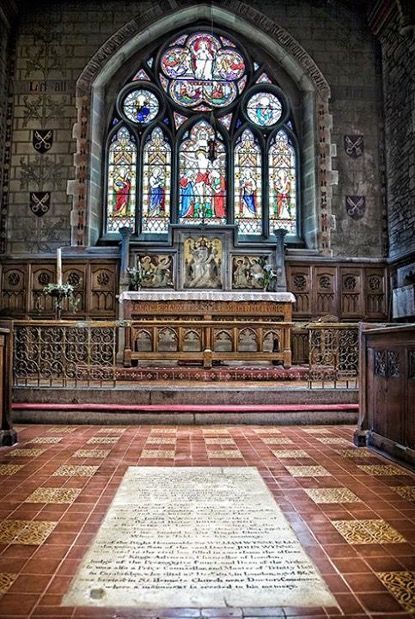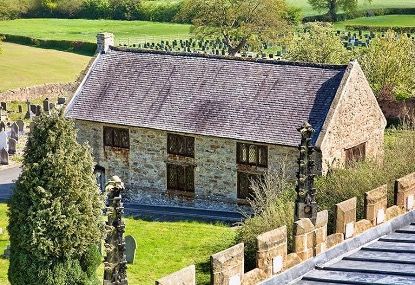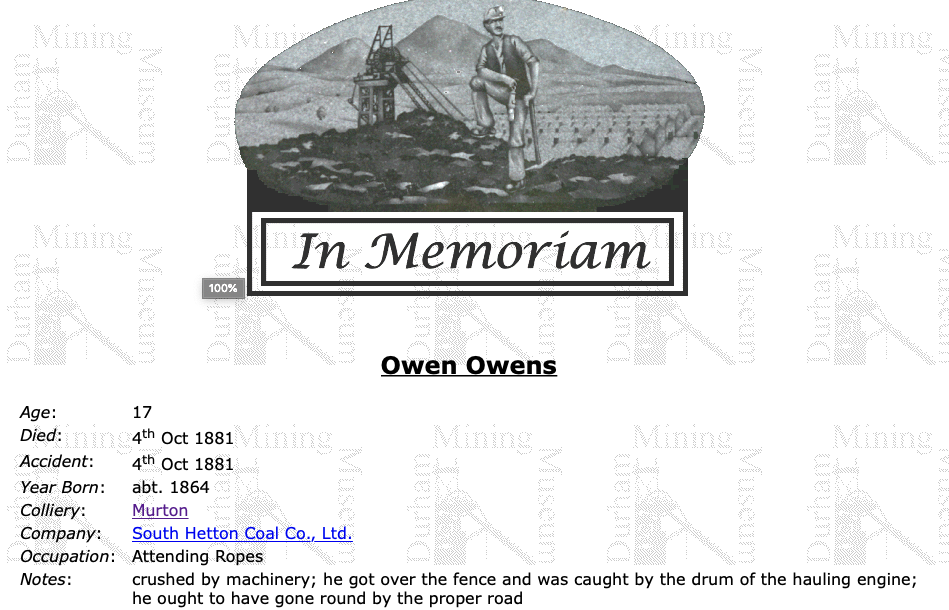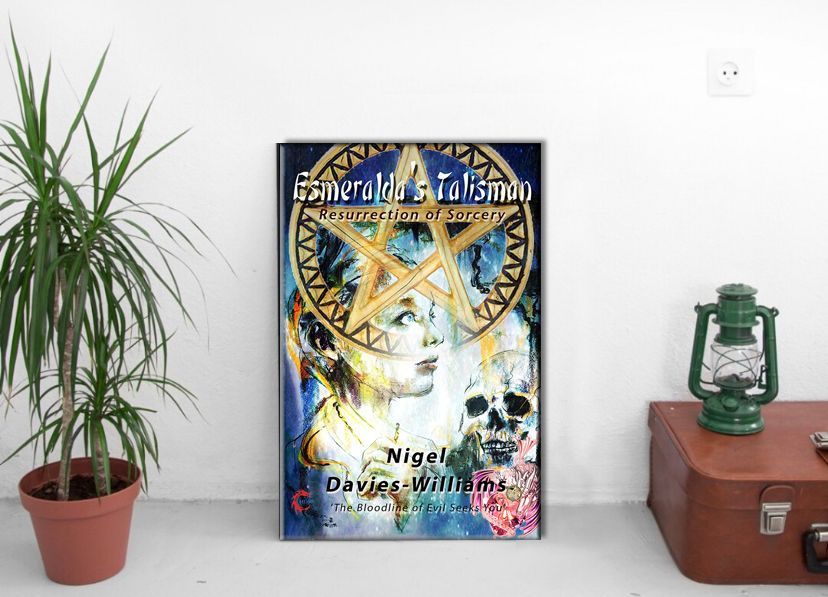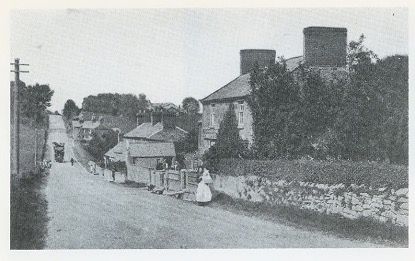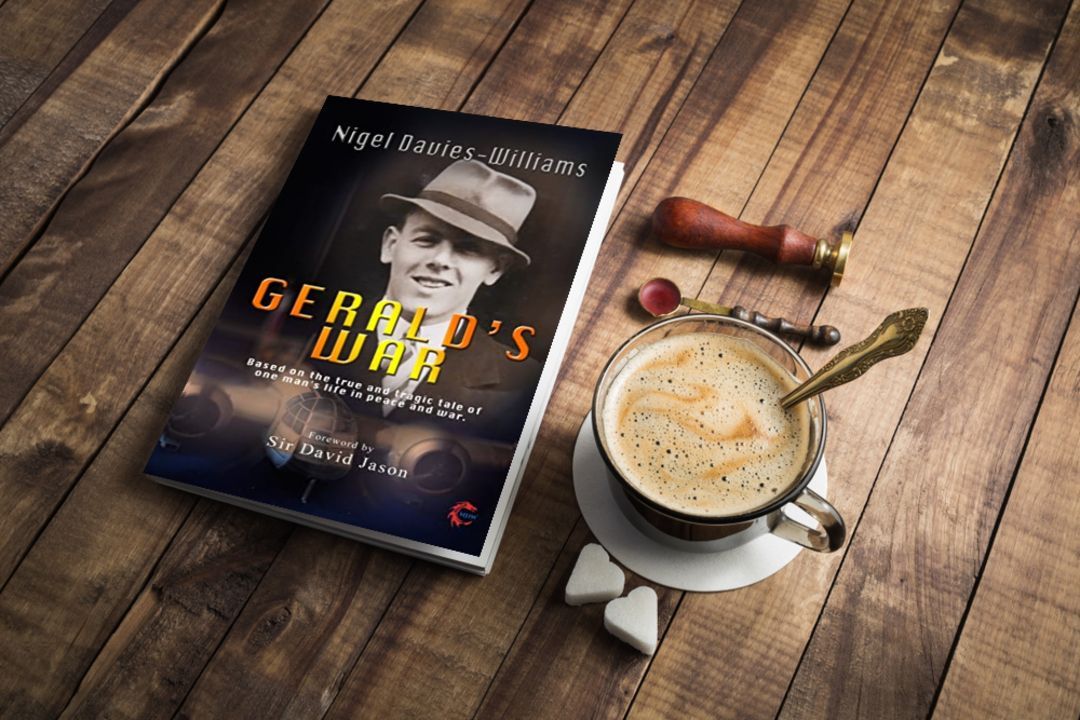Flintshire undeniably stands as one of the prominent industrial hubs in Wales and holds the distinction of being the sole industrial powerhouse in North Wales. For numerous decades, the industrial landscape of Flintshire thrived on the foundations laid by the giants of steel, paper, and textiles. It was within these very industries that several of my family members devoted their lives, and it was the allure of such prospects that drew some of them to this region initially. I have delved into this captivating narrative in my book, 'Gerald's War.'
For perhaps the last one hundred years, the steel, paper and slightly later textile production ensured that large swathes of the area were gainfully employed and this is what saw the county transfer in the public consciousness from a tranquil corner of Wales to a busy place where the rich history of the county began to slumber in the shadow of the rising industrial heritage. This industrial heritage has a long history too with the Romans exporting metals from the county almost two thousand years ago – this mining heritage remained right through to almost the present day but changes in production techniques led to a decline in the mining industry due to poor quality production and increasing costs.
As the old industries declined, newer businesses and industries came to the county and diversified the work base making the area less vulnerable to mass redundancies such as was seen in the 60s, 70s and 80s. So today, Flintshire is a reasonably affluent county with one particularly world renowned and iconic industry which is Airbus, who have their huge facility at Broughton which is situated on the banks of the River Dee now far from Chester and it this river which defines the north-easterly coastline of Flintshire from Chester through to Talacre.
Airbus and other industries have made great use of the river over the years and to highlight this, whilst out on a cycle ride and crossing the majestic Flint Bridge, there in front of me down in the river was the mesmerizing sight of the Airbus 'Wing Barge' gracefully making its way up the River Dee to acquire a wing specifically designed for the huge Airbus 380. Once the wing is on board the barge, the extraordinary cargo is transported to Mostyn Docks, where a larger vessel eagerly awaits to carry it across the seas to its final destination: the enchanting city of Toulouse where I have spent many an hour as a teenager, lucky to be sent there from the high school in Flint on exchange trips.
The docks at Mostyn are themselves a very old place, first mentioned in the Doomsday Book of 1086.
In recent days I have mentioned Henry IV and he landed in Flintshire at the quay of Mostyn in 1399 when, as Henry Bolingbroke, he took the crown from Richard II at Flint castle. In the 1960s the three blocks of hideous high-rise flats which changed the skyline of the town forever were named in memory of this - Bolingbroke Heights, Richard Heights and Castle Heights. Shakespeare wrote about this in his play Richard II. In Act III Scene III, King Richard capitulates to Bolingbroke at Flint Castle. Richard's supporters are seen to defect from him him one by one and others are executed. It was 19th August 1399 when Richard surrendered and he promised to abdicate if his life was spared. On returning to London, Richard was imprisoned in the Tower and from all accounts it seems he then ended up a prisoner in Pontefract Castle where he died from starvation - so much for allowing him to live!
In 1485, Henry Tudor, later to be Henry VII, used Mostyn Hall to evade the clutches of Richard III and then escaped using the Quay at Mostyn. All this before he went on to defeat him at the Battle of Bosworth Field later in the year.
During the English Civil War in 1643 King Charles I Cavaliers landed at the quay in Mostyn to fight the roundheads who had besieged Flint Castle. It was after this that Cromwell decided to destroy the castle using gunpowder as he never wanted it to be used again against him. This is the reason today that the castle is in the ruined state it is in. More on this in a future blog.
Incidentally, the barge is named 'Afon Dyfyrdwy' - this is welsh for River Dee. 'Afon Dyfyrdwy' actually means Waters of the Goddess, a link back to ancient times when the River was revered as a very sacred waterway.
In the far distant background, the white buildings you might recognise as the front in Parkgate, where I was heading along the Burton Marsh Greenway, for an ice-cream at the world famous Nicholls on my bike. www.nichollsicecream.co.uk - yum!!
#amwriting #readerscommunity #historyofwales #Shakespeare #flintcastle #flint #HenryIV #RichardII

